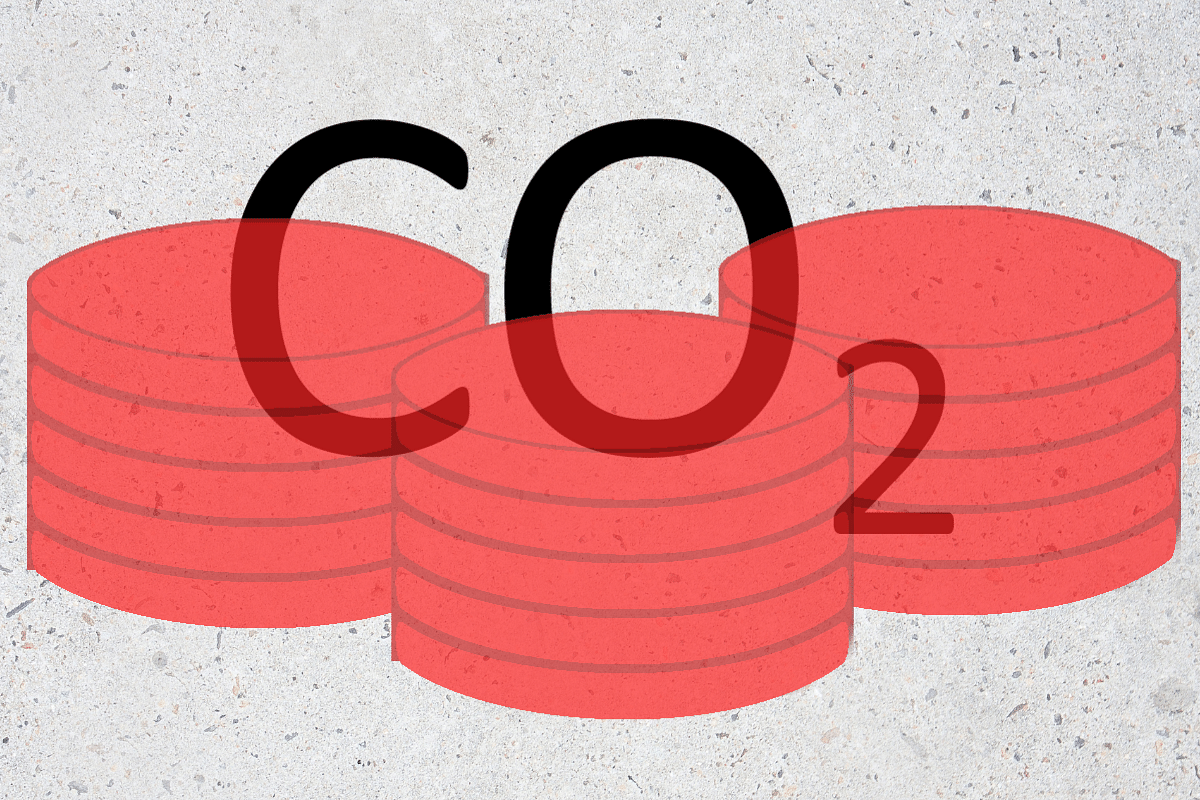News Brief
Time For EU To Pay For Historical Emissions? India Prepares Groundwork For Its Own Carbon Border Tax — Report

Carbon tax (Image: Tommaso.sansone91/Wikimedia Commons)
India is preparing to implement its own carbon border tax in response to the European Union's (EU) similar move, according to a Mint report that cites two government insiders.
The EU's decision to link environment with trade has angered New Delhi, particularly as no such considerations were made during Europe's industrialisation.
The Finance and Commerce Ministries are currently discussing the details of the mechanism, including how to measure the carbon content of products imported from Europe.
One of the insiders said, "We are working out the contours of how a carbon tax will work. Retaliation can be in two ways. One is to do something similar, for which we need to measure the carbon content in imports. The second option is to retaliate on something else, but that option is not being looked into. The first option requires a lot of work, and we are doing the homework."
The second insider added, "The (EU's) carbon border adjustment mechanism (CBAM) is just a customs duty by another name. Going by the logic behind this levy, we are also free to impose a tax on imports taking into account historic carbon emissions by them."
India is considering implementing a similar mechanism to measure the carbon content of imports from Europe.
The EU's carbon tax is based on its own domestic emission standards and requires payment for excess emissions.
The scheme will enter a global transition phase in October and will be fully effective by January 2026. Initially, it will apply to cement, iron and steel, aluminium, fertilisers, electricity, hydrogen, and their precursors.
There are concerns that this list may expand in the future, which could have an impact on developing countries like India.
Once the permanent system is in place, the Mint report explains, importers into the EU will need to report the annual import quantity and their embedded greenhouse gases.
They will then need to surrender the corresponding number of CBAM certificates at a price. The price will be calculated as the weekly average auction price of the EU's emission allowances, which is the right to emit a specific amount under its Emission Trading System expressed as euros per tonne of carbon, according to the EU's documents seeking feedback.
Experts have said that linking environment and trade has the potential to distort global trade and implies that certain countries are pollution havens based on one entity's domestic standards and legislation.
Furthermore, World Trade Organization (WTO) rules do not explicitly link environment with global trade.
An inter-ministerial group comprising officials from various ministries is exploring ways to mitigate the impact of the EU's CBAM and similar legislation being considered by other developed nations such as Japan, the UK, and the US.
India is prioritising the development of its own carbon pricing system and advocating for its global recognition to prevent a default value from being placed on Indian exports.
The Energy Conservation (Amendment) Act, 2022, which was passed by Parliament last year, empowers the central government to specify a carbon credit trading scheme.
According to government officials, the CBAM violates the fundamental principle of international environmental law known as common but differentiated responsibilities (CBDR), which asserts that all states are responsible for addressing global environmental destruction, but they are not equally responsible.
It is necessary to acknowledge the significant differences in levels of economic development between states and their contributions to combating climate change.
When it comes to emissions, the West is happy to point fingers at the global south. But the facts tell a different story.
For instance, India's per-capita greenhouse gas (GHG) emissions are significantly lower than the global average, and that the US and Europe are chiefly responsible for historical emissions.
Plus, it's India that is making major strides towards green energy.
Support Swarajya's 50 Ground Reports Project & Sponsor A Story
Every general election Swarajya does a 50 ground reports project.
Aimed only at serious readers and those who appreciate the nuances of political undercurrents, the project provides a sense of India's electoral landscape. As you know, these reports are produced after considerable investment of travel, time and effort on the ground.
This time too we've kicked off the project in style and have covered over 30 constituencies already. If you're someone who appreciates such work and have enjoyed our coverage please consider sponsoring a ground report for just Rs 2999 to Rs 19,999 - it goes a long way in helping us produce more quality reportage.
You can also back this project by becoming a subscriber for as little as Rs 999 - so do click on this links and choose a plan that suits you and back us.
Click below to contribute.
Latest